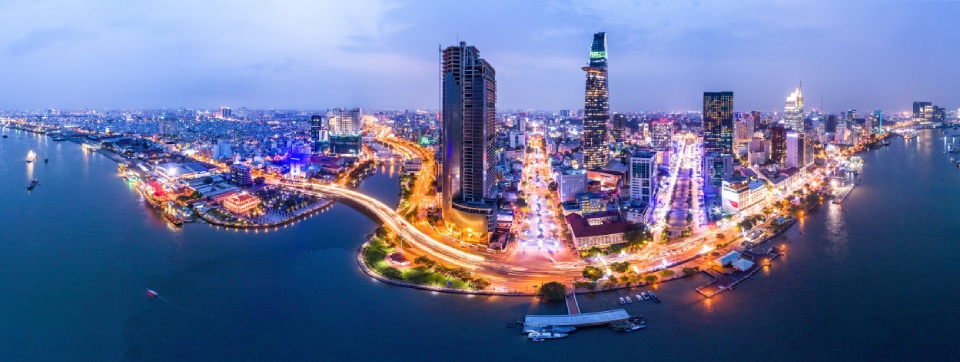
International economic integration has developed deeply and widely at different levels and in various forms. Since 1986, Viet Nam has continuously opened up and gradually integrated its economy with the world. The country normalized diplomatic relations with China (1991), the United States (1995); joined the Association of Southeast Asian Nations (ASEAN) (1995); became a founding member of the Asia-Europe Meeting (ASEM) (1996) and the Asia-Pacific Economic Cooperation Forum (APEC) (1998). Especially, becoming a member of the WTO in 2007 maked a new milestone in Viet Nam’s international economic integration as its economy integrated more deeply and comprehensively into the world economy.
Viet Nam established diplomatic relations with 194 countries in the world, has special relations with Laos, Cambodia, Cuba and a network of 37 partners with comprehensive partnerships or higher, including comprehensive strategic partnerships with 13 countries: China, Russia, India, South Korea, the United States, Japan, Australia, New Zealand, France, Malaysia, Indonesia, Singapore and Thailand, along with strategic partnership and comprehensive partnership frameworks with other partners. Viet Nam also has trade relations with 230 countries and territories, in which 72 countries have recognized Viet Nam as a market economy. To date, Viet Nam has participated in 17 free trade agreements (FTAs) with major trading partners, including new generation of FTAs such as EVFTA and CPTPP. In 2024, Viet Nam completed the signing of a comprehensive economic partnership agreement (CEPA) with the United Arab Emirates, ratified the United Kingdom’s protocol of accession to the Comprehensive and Progressive Agreement for Trans-Pacific Partnership (CPTPP) and put the FTA with Israel into effect. Beside the above-mentioned FTAs, Viet Nam has continued to explore other FTAs with Egypt, Saudi Arabia, Qatar, Pakistan to further promote trade and economic relations in the future.